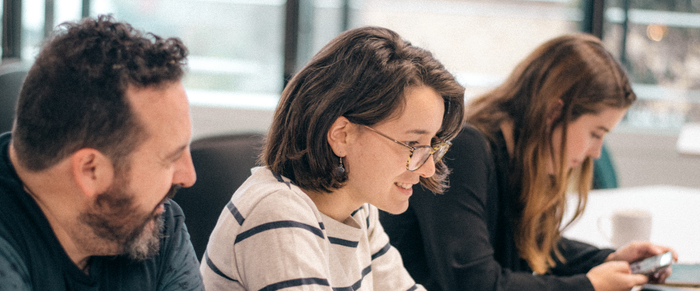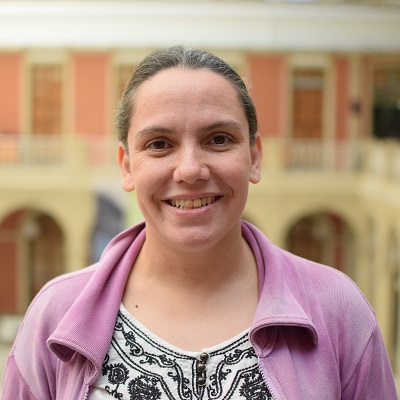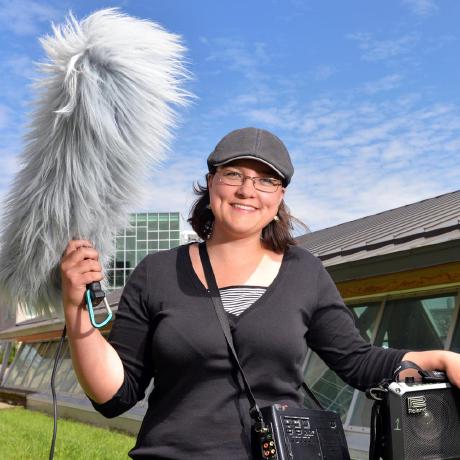All posts (Page 71 of 126)
Do you know what that sound is, Highness? Those are the Shrieking Eels — if you don’t believe me, just wait. They always grow louder when they’re about to feed on human flesh. If you swim back now, I promise, no harm will come to you. I doubt you will get such an offer from the Eels.
Vizzini, The Princess Bride
European eels (Anguilla anguilla) have it tough. Not only are they depicted as monsters in movies, they are critically endangered in real life. One of the many aspects that is contributing to their decline is the reduced connectivity between their freshwater and marine habitats. Eels are catadromous: they live in freshwater, but migrate to the Sargasso Sea to spawn, a route that is blocked by numerous human structures (shipping locks, sluices, pumping stations, etc.). Pieterjan Verhelst studies the impact of these structures on the behaviour of eels, making use of the fish acoustic receiver network that was established as part of the Belgian LifeWatch observatory. This animated video gives a quick introduction to his research and the receiver network:
...We are pleased to announce the release of our new Code of Conduct. rOpenSci’s community is our best asset and it’s important that we put strong mechanisms in place before we have to act on a report.
As before, our Code applies equally to members of the rOpenSci team and to anyone from the community at large participating in in-person or online activities.
What’s new?
- A Code of Conduct Committee: Stefanie Butland (rOpenSci Community Manager), Scott Chamberlain (rOpenSci Co-founder and Technical Lead) and Kara Woo (independent community member). We are responsible for receiving, investigating, deciding, enforcing and reporting on all reports of potential violations of our Code.
- Greater detail about acceptable and unacceptable behaviors
- Clear instructions on how to make a report
- Information on how reports will be handled
- A commitment to transparency with our community while upholding the privacy of victims
Our new Code of Conduct has been influenced by and adapted from many sources including the Open Source and Feelings talk by Audrey Eschright, the R Consortium Community Diversity and Inclusion Working Group’s draft Code of Conduct, the Geek Feminism anti-harassment policy, our own Community Call, How do I create a Code of Conduct for my event/lab/codebase?, incident reporting forms from NumFOCUS & Jupyter, and perhaps most importantly, by community members from whom we learn so much.
...🔗
Why vitae?
 ZgotmplZ
ZgotmplZZgotmplZ
ZgotmplZ
style=" object-fit: cover; object-position: center; height: 250px; width: 250px; margin-right: 15px"
/>
<p>
<p>The process of maintaining a CV can be tedious. It’s a task I often forget about - that is until someone requests it and I find that my latest is woefully out of date. To make matters worse, these professional updates often need repeating across variety of sites (such as ORCID and LinkedIn).</p>
A bit more than one year ago, rOpenSci launched its new website design, by the designer Maru Lango. Not only did the website appearance change (for the better!), but the underlying framework too. ropensci.org is powered by Hugo, like blogdown! Over the last few months, we’ve made the best of this framework, hopefully improving your browsing experience (and trapping you into binge reading). In this note, we’ll go over the main developments, as well as give some Hugo tips....

In late November 2018, we ran the third annual rOpenSci ozunconf. This is the sibling rOpenSci unconference, held in Australia. We ran the first ozunconf in Brisbane in 2016, and the second in Melbourne in 2017.

Photos taken by Ajay from Fotoholics
As usual, before the unconf, we started discussion on GitHub issue threads, and the excitement was building with the number of issues.
The day before the unconf we ran “Day 0 training” - an afternoon explaining R packages and GitHub. This aimed to show people how to create an R package, set it up with version control with git, then put it on GitHub, and share it with others. The idea behind delivering this course was not necessarily to have people become experts in R package development and GitHub. Instead, it aimed to gently introduce the ideas and concepts of R packages and GitHub, so that people can hit the ground running over the next two days.
...



